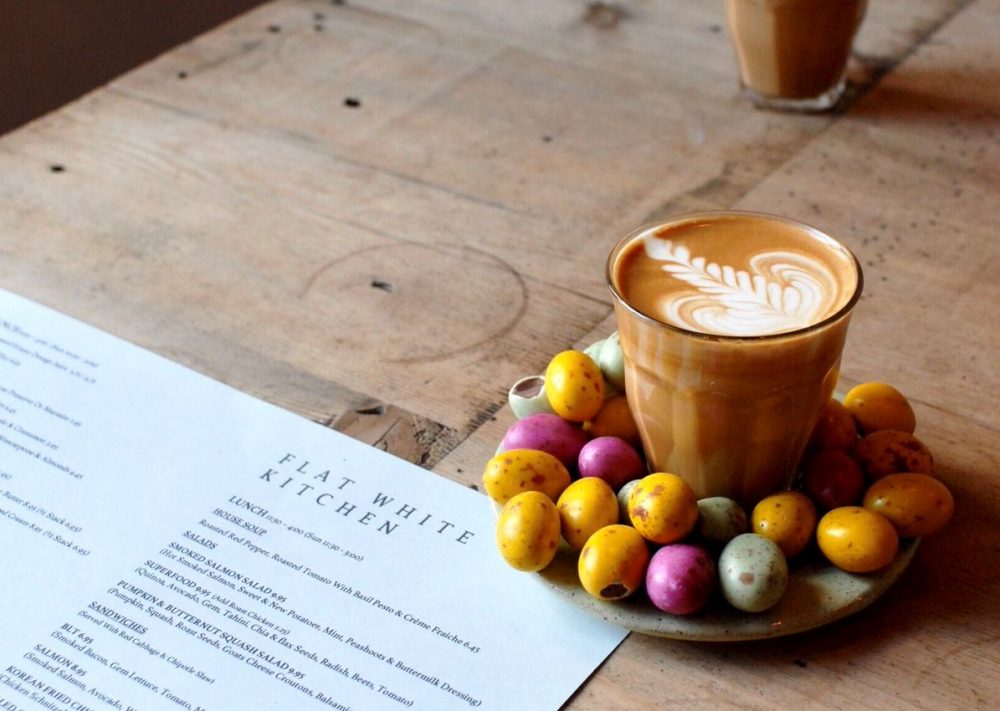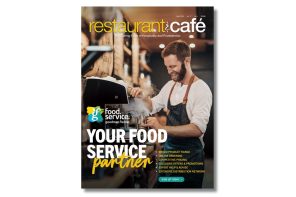The hospitality sector is looking to a big Easter weekend for a boost in earnings after a very disappointing summer.
A survey of Hospitality NZ’s 3000 members has revealed that nearly two-thirds had a revenue drop of at least 25 percent over summer as the borders remained closed. Of those, 39 percent said revenue was down 50 percent or more compared to the summer of 2019/20. In total, 82 percent of respondents to the survey said revenue was below the previous summer.
Hospitality NZ represents the whole hospitality sector, which includes cafés, bars, restaurants, and accommodation providers.
“Cafés, restaurants, bars, and accommodation providers all around New Zealand were pinning their hopes on a good summer to make up for a terrible 2020, but it didn’t happen for most,” expressed Chief Executive Julie White.
“Summer wasn’t the silver bullet most were hoping for, and I fear what’s to come with winter on the way. How many businesses already weakened by months of no international tourists can recover from such revenue drops?
“We’re pinning our hopes on a strong Easter as the last big break between summer and winter, and we’re encouraging Kiwis to get out and have a great time and help out our struggling businesses at the same time. I’m seriously worried about the mental wellbeing of many members. They are beyond frustrated. They’re constantly stressed.”
While a big Easter would make a difference, what the sector desperately needs is a trans-Tasman bubble as a matter of urgency.
“It’s time we learned to live with a bit of risk – businesses and livelihoods will suffer if we don’t,” continued White.
“Businesses are closing every day our borders remain closed, and a trans-Tasman bubble will be the lifeline many need. They’re all hurting and need action now.”
Respondents to the survey, which was conducted from February 16-22, comprised 60 percent accommodation providers and 40 percent food and beverage. Some 47 percent were small business owners, 44 percent medium, and 10 percent large. Some 77 percent were single-site venues.






